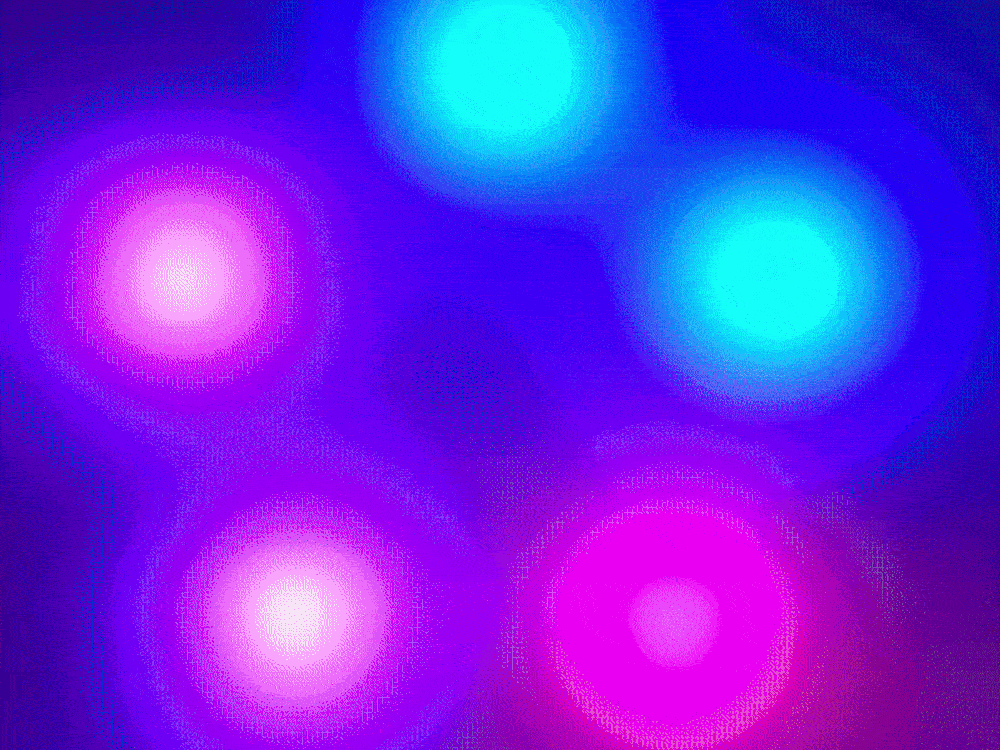Dark winter evenings are so much nicer with some colourful light effects! The idea behind this one is that a bunch of neopixels randomly change colour in unison, but not exactly: each one deviates slightly from a given, randomly chosen "master" colour. Here is how (with only two neopixels, for simplicity):
Some points on the time axis explained:
- At the start, all neopixels have the same colour, or hue angle (current = 0). set_target runs for the first time in the setup function. It sets a master target colour and an individual target colour that each neopixel will have reached at point A. The target colour for pixel 1 is slightly above, and the target colour for pixel 2 is way below the master target colour. The upper and lower deviation limit is set by, well, deviation_limit.
- Between start and point A, pixel 2 reaches its target before pixel 1. It sits there until pixel 1 also reaches its target.
- Point A: go_target returns true which triggers set_target to run (for the second time).
- Between point A and point B: this time, pixel 1 reaches its target before pixel 2.
- Point B: go_target returns true again and set_target runs for the third time. This time, the deviation of both pixels is negative.
- Point D (now): pixel 2 has already reached its target, pixel 1 is still on its way...
Notice that the length of the intervals varies depending on the distribution of previous and next target colours.
Code
/**
* Deviant pixels
* neopixels randomly changing colour, not quite in unison
* 23.12.2014 - 02.09.2018 - oliver walkhoff
*/
/* debugging */
// #define DEBUG // uncomment this line for debugging
/* libraries */
#include <Adafruit_NeoPixel.h>
/* hardware */
int neo_pin = 3; // digital pin for neopixel strip
const byte neo_pixels = 8; // number of neopixels on strip
/* behaviour */
int delay_ms = 30; // try 20 ... 50
int deviation_limit = 80; // try 20 ... 80
/* global variables */
int master; // master target colour
int target[neo_pixels]; // target colour for each pixel
int current[neo_pixels]; // current colour of each pixel
/* initialise neopixel strip */
Adafruit_NeoPixel strip = Adafruit_NeoPixel(neo_pixels, neo_pin, NEO_GRB + NEO_KHZ800);
void setup() {
// all pixels 'off'
strip.begin();
strip.show();
// set initial current colour of each pixel
for (int i = 0; i < neo_pixels; i++) {
current[i] = 0;
}
// set initial target colour of each pixel
set_target();
// serial
#ifdef DEBUG
Serial.begin(9600);
#endif
}
void loop() {
if (go_target()) {
set_target();
}
strip.show();
delay(delay_ms);
}
// approach target colour
bool go_target() {
bool ready = true;
for (int i = 0; i < neo_pixels; i++) {
strip.setPixelColor(i, wheel((current[i]) & 255));
if (target[i] > current[i]) {
current[i] += 1;
ready = false;
} else if (target[i] < current[i]) {
current[i] -= 1;
ready = false;
}
}
return ready; // true if all pixels have reached their target colour
}
// set new target colour
void set_target() {
int deviation;
master = random(255);
#ifdef DEBUG
Serial.print("master: ");
Serial.println(master);
#endif
for (int i = 0; i < neo_pixels; i++) {
deviation = random(-1 * deviation_limit, deviation_limit);
target[i] = master + deviation;
#ifdef DEBUG
Serial.print("deviation: ");
Serial.print(deviation);
Serial.print(" target: ");
Serial.println(target[i]);
#endif
}
}
// from Adafruit:
// input a value 0 to 255 to get a color value.
// the colours are a transition r - g - b - back to r.
uint32_t wheel(byte wheel_pos) {
if (wheel_pos < 85) {
return strip.Color(wheel_pos * 3, 255 - wheel_pos * 3, 0);
} else if (wheel_pos < 170) {
wheel_pos -= 85;
return strip.Color(255 - wheel_pos * 3, 0, wheel_pos * 3);
} else {
wheel_pos -= 170;
return strip.Color(0, wheel_pos * 3, 255 - wheel_pos * 3);
}
}

Five deviant pixels in a box, behind a milky acrylic plate.
- Log in to post comments